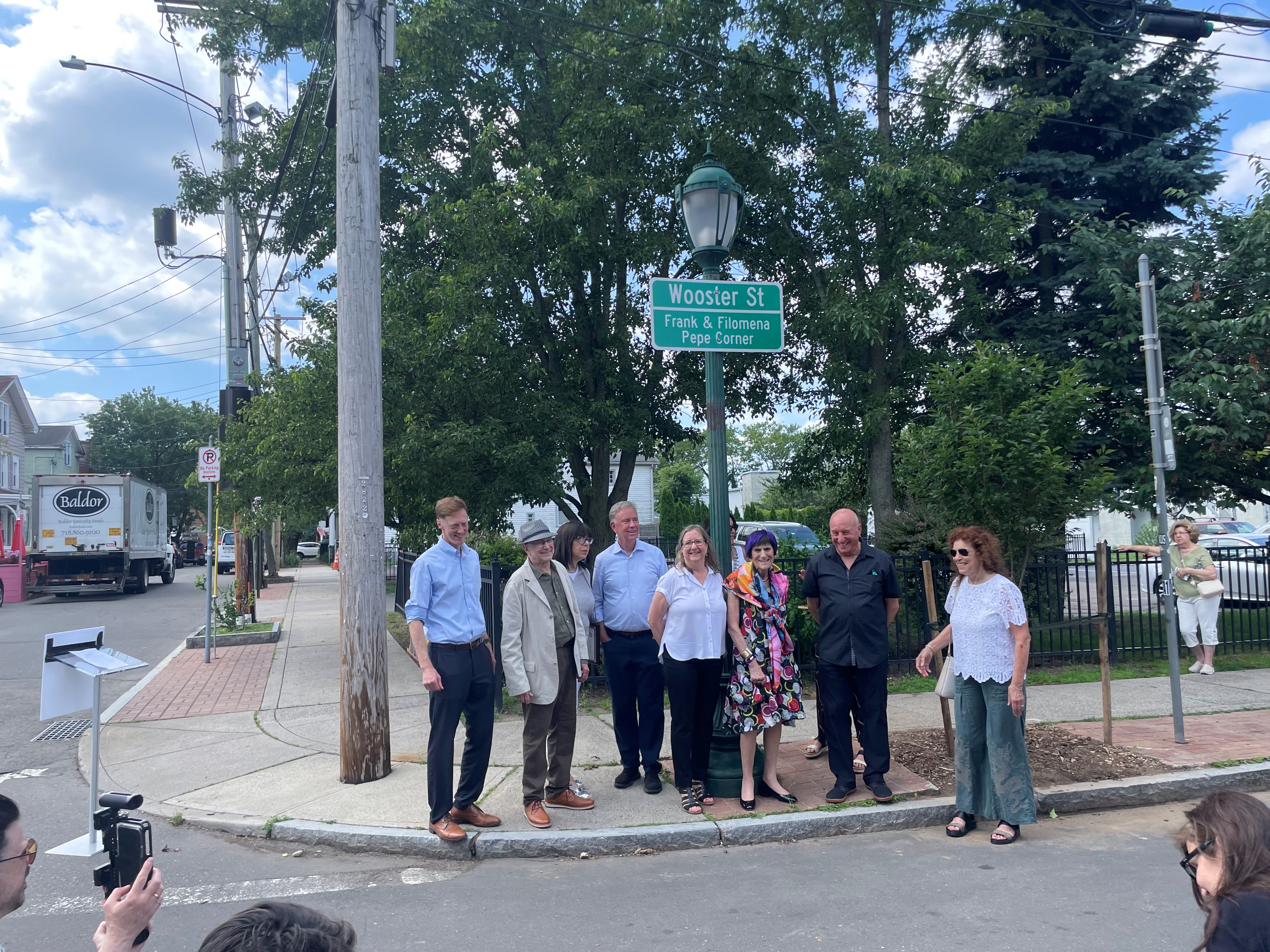College students from Connecticut and across the region are on the University of Hartford campus for a week-long workshop in NASA’s Nationwide Balloon Eclipse Project.
College students from Connecticut and across the region are on the University of Hartford campus for a week-long workshop in NASA's Nationwide Eclipse Ballooning Project.
The balloons will measure changes in the atmosphere during an eclipse using various instruments – including things like barometers and atmospheric cameras. Additionally, there will be equipment they'll use on the ground used, to monitor.
Stream Connecticut News for free, 24/7, wherever you are.
"Seven of them are here today working in this workshop to prepare for the October, annular eclipse that's coming up and then the April total solar eclipse that's coming up as well," says Paul Slaboch, aerospace engineering program director and chair of an engineering department at the University of Hartford.
Will Connecticut be in totality for April's total solar eclipse? The moon doesn't fully obscure the sun in an annular eclipse, but rather appears as a dark disk over our nearest star.
Get top local Connecticut stories delivered to you every morning with the News Headlines newsletter.
Learn more about the different types of eclipses here.
Slaboch notes that these were practice launches, "we're going to do a few more before october so that we're fully proficient because on the day of you get one shot, and you've got to launch that balloon in a pretty tight window."
Other than a time constraint on launch day, students must also be sure to correctly handle the balloon itself.
Local
Valkyrie Fleischmann-Mcgarrah, a meteorology student at Tunxis Community College explains why they have to wear gloves, "all the oils on our hands could damage the balloon and because these ones are supposed to go up to 100,000 feet. So at some point, they we have oils on the balloon and stuff like that it could burst at 60,000 feet instead of 100,000 feet. And that could skew our data."
The students will be able to track the balloon’s location using GPS so they are able to retrieve it quickly.



